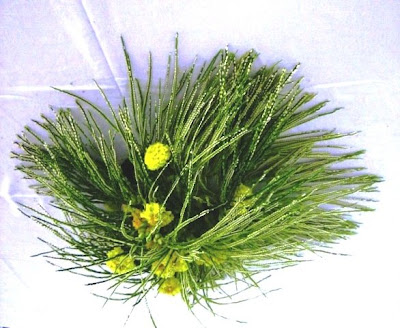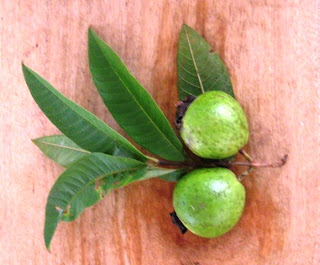
A man who would not shake even if the earth trembles – that was my maternal grandfather KC Abraham (Kallivayalil-Konduparambil). People respectfully called him ‘Pappan Chettan’. To us, he was ‘Ichachan’.
He was an uncrowned king. But then, there was the turban. The public believed that the Travancore Maharaja had granted him the privilege to wear it. That is not confirmed. He would remove the headgear only before peers and while praying or eating. A whispered joke was that he even slept with the turban on.
Ichachan’s dress code was unusual too. At a time when Kerala men usually did not use an upper garment, he wore white juba (kurta) and dhoti. In his book Pala – Ente Gramam, KC Thomas Kuttiyani says that Ichachan was perhaps the first in Kerala to use juba.
The man loved children but rarely expressed it. One exception was his first grandchild, my elder sister Mariamma. But when it came to manly matters, ‘men’ were preferred. I was the only one he took along to see a tiger which had fallen into an elephant pit in the forests a few miles from the house near Palai. Eight years old then, I was so excited and proud.
Among grandfather’s many achievements, the greatest was providing land to small farmers. With the expansion of organized plantations, land for cultivation became scarce. Ichachan acquired 7000 (one version says 5000) acres in Peruvanthanam (between Mundakayam and Peermade) and distributed it among the landless on sharecropping basis. It was a historic event.
The small army of beneficiaries rallied behind Ichachan when the Travancore Government wanted his help twice. One was when Lord Irwin, the Viceroy of India (1926-1935), decided suddenly to go on a shikar to what is now Periyar Wildlife Sanctuary.
The Government machinery could not organize the safari which also involved construction of accommodation for the Viceroy and entourage in the dense forest. Ichachan who was a good hunter too, stepped in with his men and made the arrangements. The excellent facilities at Edapalayam in the Periyar Lake were originally built by him for the distinguished guest. The Viceroy honored him with a commendation.
The other instance was when the famous historian Fr. Henry Heras SJ wanted to explore Nilakkal (Chayal) deep in the forests. It used to be an important station on the ancient trade route between Tamil Nadu and Kerala. Ichachan organized the expedition.
Once I accompanied him to the Trivandrum zoo. We reached in time to see the lions being fed. Ichachan asked the keeper how much food was given to the animals. ‘Two kilograms,’ the man replied. With a sad smile Ichachan responded, ‘No wonder they look starved.’
Larger than life, Ichachan was! He died on February 8, 1972 at the age of eighty-one. KERALA CHRISTIANS – Their Contribution to India* says of him ‘He was known for his bravery and courage, a man with an enquiring mind, and a great capacity for action. Though stern in demeanour, he had tremendous compassion and a fine sense of humour.’
Ends.
*Edited by Francis Mathew Alapatt and Bernadine Joseph.
Also see:
Gold color chips and a golden hearted Lady
































